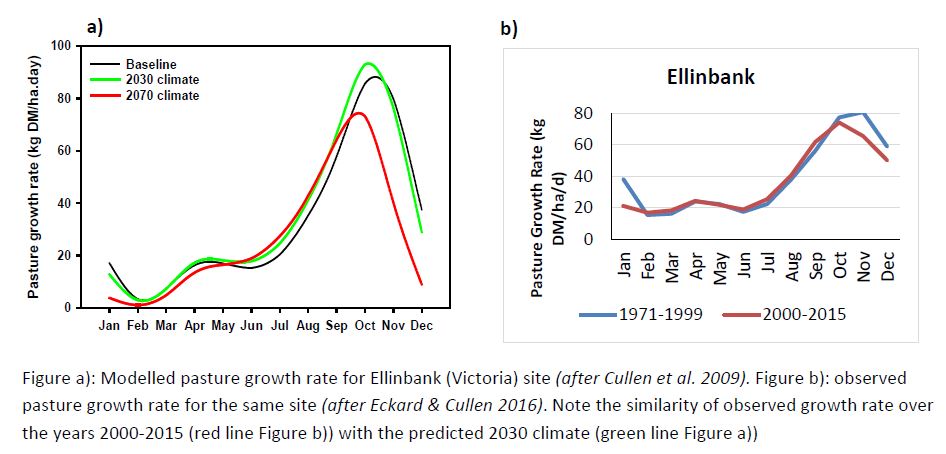With Australia’s variable climate, farmer’s must be proactive
By Primary Industries Climate Challenges Centre, The University of Melbourne
“Second to agriculture, humbug is the biggest industry of our age.” Alfred Nobel
It is unlikely Nobel could foresee just how ironic his words would be more than a century later. Today, agriculture is not the ‘biggest’ industry, at least financially; yet it remains the most important industry.
‘Humbug’ continues to be globally rife, its ubiquity a given. In Australia, it’s publicly and enthusiastically represented in the climate change arena. Yet, with respect to agriculture, climate change humbug is progressively moot.
Why? Because, regardless of climate change humbug in politics, media and beyond, the requisite modus operandi of the farmer or land manager is to mediate challenges. Successful farmers are adaptation experts – they listen to what their land, plants and animals tell them, and respond in order to optimise their business.

Wine producers harvest according to the optimum grape maturity seeing them picking earlier than historical harvesting practices.
What informs the plants and animals? The most powerful impetus is their sensitivity to climate: if the climate is changing, crops and livestock will respond, prompting on-farm action to accommodate the best business outcome. Incremental changes in farming practices are inherent to good business practice.
Proactive farmers with a history of making on-farm changes to practice ‘good’ farming increase their resilience and reduce their risk to impacts of climate change. Australia has one of the most variable climates in the world, so as a matter of survival our primary producers must operate in and respond to this paradigm of variability.
For example, when grapes start ripening earlier in response to higher spring temperatures, the harvest is also earlier: wine producers pick according to the optimum grape maturity for quality wine. Producers are listening to the grapes and picking earlier than historical harvesting practices.

In 2009, modelling predicted that by 2030, dairy farmers in SE Australia would need to harvest and silage their pastures earlier due to warmer drier weather – observations in 2015 indicate many dairy farmers have already started early spring /late winter harvest, rather than early summer, because the pastures have essentially ‘told them to’.

Such incremental changes to variable shifts in the climate have ‘made do’ until now, but two extremely important considerations for agriculture in the face of climate change remain:
- Farming practice under increased (frequency and magnitude) extreme events, and
- Tenability of current farming practice/system/sector.
The range of variable parameters in 1. above, will require a suite of risk management options to mitigate farm system vulnerability to extreme events including: access to an improved forecasting system; practical and proven on-farm measures to mitigate the magnitude of an extreme event and, pre-, intra- and post- event risk management scenarios. Such options may help prevent losses such as seen recently in the Shoalhaven region, where 40 dairy cows expired during an extreme heatwave event.
The consideration of number 2. above, may once have seemed like blue-sky thinking. But despite the humbug – is it now food for realistic fodder? It centres on transformational adaptation: action incorporating a change in practice that is directly related to the receptiveness, capacity and access of a producer/s to change. It is about major changes and actions in function, structure and even location of production, brought about by new climate opportunities.
No matter how loud the humbug roars, crops and livestock will continue to accurately translate the process of climate change and farming practice and management will have to respond appropriately.
Visit www.piccc.org.au or email [email protected].
Dr Ann-Maree Graham, Professor Richard Eckard, and Professor Snow Barlow contributed to this article.



